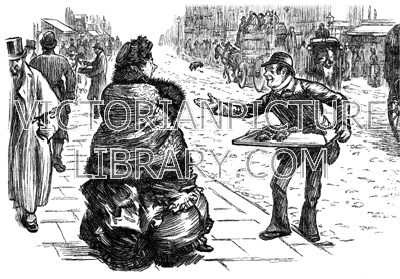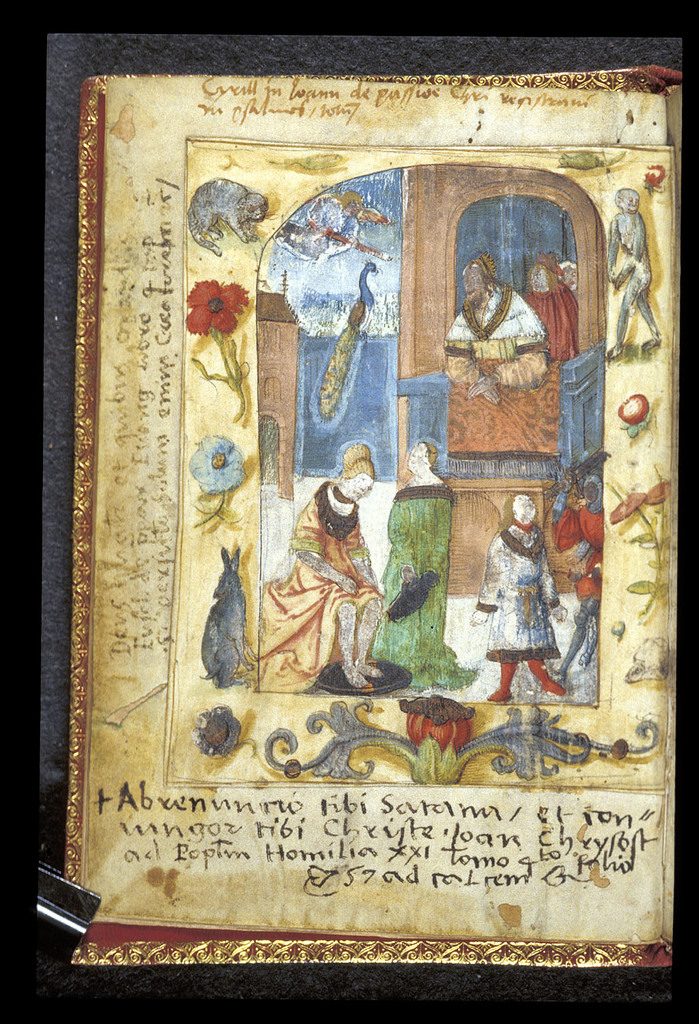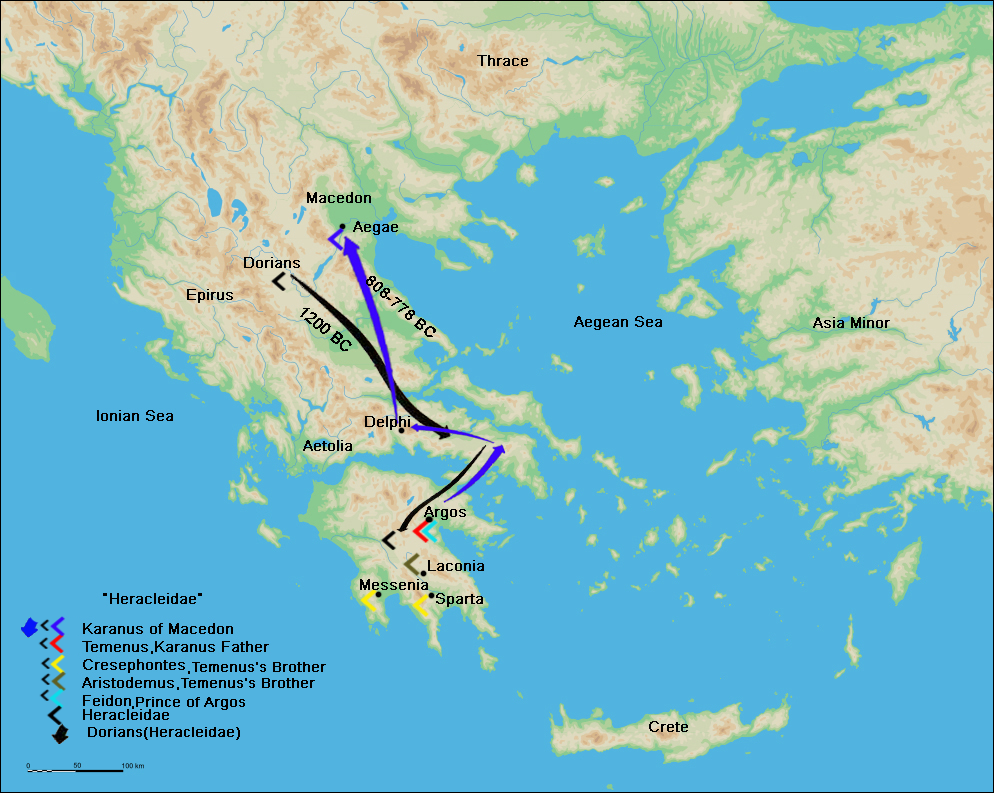The author of Luke-Acts was following an ideal that Josephus had presented as a superior feature of Jewish historical writings: that history learned from revelation (e.g. works of Moses) was superior to the uncertain and often disputed historical inquiries of the Greeks.
I think Steve Mason has nailed Luke-Acts. I think, as a specialist in Josephus, he has identified something crucial in Luke-Acts that appears to have been more generally overlooked.
Up till now I have posted at length scholarly proposals that Acts is a work of ancient fiction, that its prologue follows the pattern found in technical medical or military or mathematical treatises rather than those found in works of ancient historians, and I have even ventured to suggest that Josephus would have deplored the gospels, and by extension Acts, as serious history – a post I now see is badly flawed in places. Most recently we looked at some findings from the Acts Seminar Report.) Well, having read Steve Mason’s paper I now think the author of our canonical version of Luke-Acts was more in tune with Josephus’s ideals than I had suspected. (Some readers will know of Steve Mason’s earlier book, Josephus and the New Testament, which includes a chapter offering reasons to think the author of Luke-Acts knew the Antiquities of Josephus. We have also posted, and plan to post further in depth, on Mason’s newer work, A History of the Jewish War A.D. 66-74.)

The following is taken from a paper Mason has just uploaded on academia.edu, Luke-Acts and Ancient Historiography.
When Biblical Scholars Took the Lead in Critical Studies
I was fascinated and sobered to learn that there was a time when biblical scholars took the lead over their classicist peers when it came to critical study of their literary sources.
So we should not imagine that biblical studies merely followed classical trends. In fact, critical study of the Old and New Testaments largely paved the way for critical history as a discipline, including ancient history. It was not until the late 1970s through the 1990s that such authors as Livy, Polybius, Diodorus, and Pausanias were subjected to searching study as genuine authors, who had crafted their narratives to serve their moral and thematic purposes, rather than as mere transmitters of data. This post-Hippie period corresponded roughly to that in which redaction- and composition-critical research flourished in OT and NT studies.
(p. 4)
I had not appreciated the full extent to which the studies in Acts by Cadbury, Foakes Jackson and Lake had been so ground-breaking.
To write the important second volume, they enlisted the controversial Quaker, classicist, pacifist, and agnostic Henry Joel Cadbury, later of Harvard but then at Andover Seminary. Cadbury agreed with Foakes Jackson and Lake about the need to understand Acts in light of ancient historiography, and letting the theological chips fall where they may.
. . . .
He was ahead of his time in calling for scholars to pay more attention to the nature of ancient historiography. In order to responsibly understand and use this crucial account of Christian origins, he was saying, one needed to understand how people generally wrote about the past 2000 years ago (BC 2.7–8). Understanding Acts this way, as ancient historiography, was not merely different from proving is historicity. It required a different mindset because it directed scholars’ attention to how things were being said rather than to the underlying facts.
. . . .
So, having laid out this rather bracing summary, by 1920 standards in the Anglophone world, Cadbury began comparing the Lucan double-work with other creations of ancient historiography. And he found Luke-Acts—to which he compared the Jewish historian Josephus—to be in general agreement with contemporary historiographical practice. In the 1920s, this was a huge advance. In many respects, Cadbury was far ahead of his time. I say that because even in the field of Classics, although a few scholars were thinking about the artistic qualities and literary freedom of some historians, it would take another half-century—after the ‘literary turn’ in the humanities— before such perspectives were broadly applied. The historian and philosopher R. G. Collingwood told his Oxford undergraduates in 1926 that ‘the average professional historian is far less critical in his attitude to Herodotus than the average professional theologian in his attitude to St. Mark’.
Continue reading “Luke-Acts Explained as a form of “Ideal Jewish History” (Part 1)”









